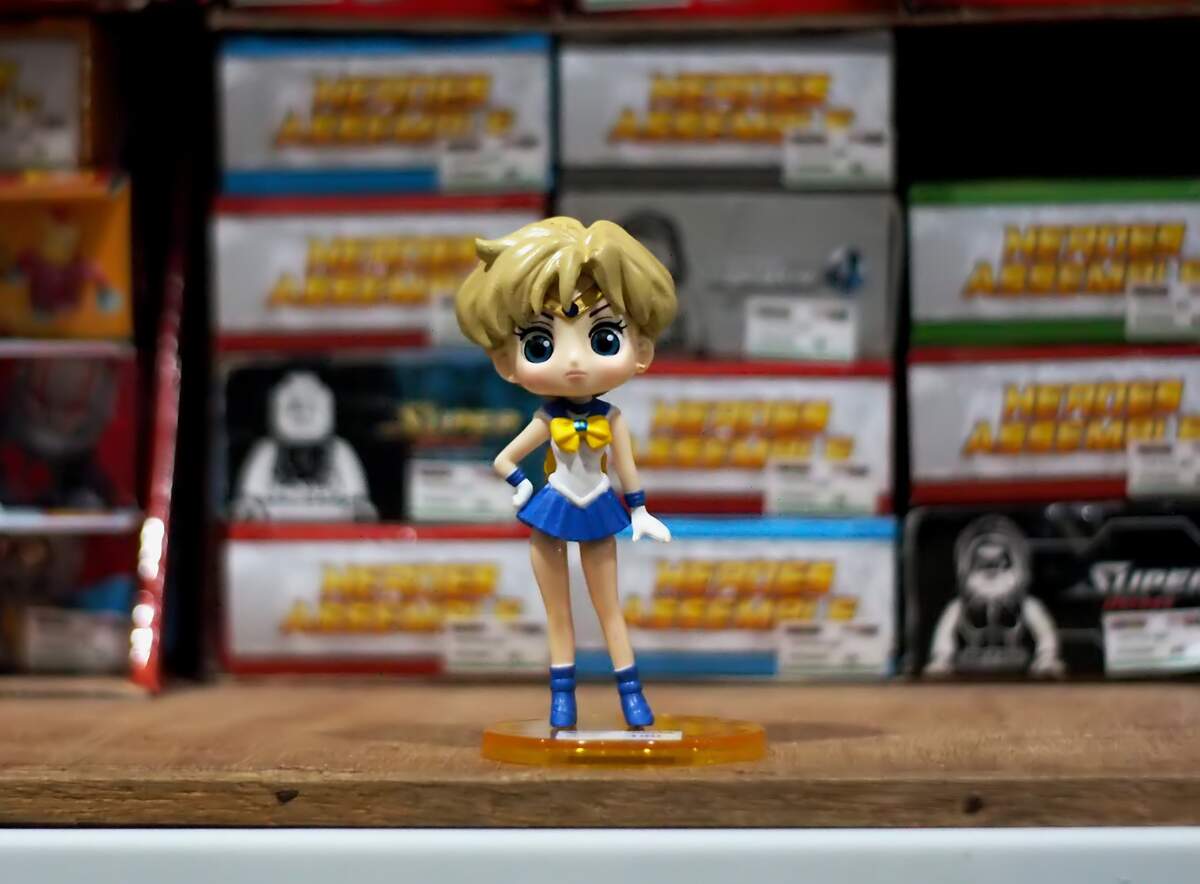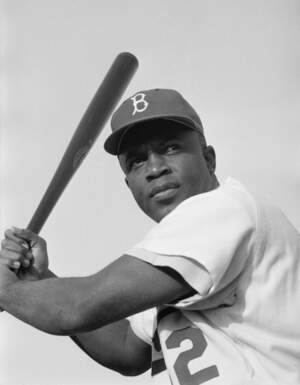

Anime Day
Also known as
National Anime Day
Observed
annually on April 15th (since 1975)
Dates
Hashtags
Sources
https://funko.com/funko-blog-home/your-action-packed-mission-celebrate-national-anime-day.html
https://japanjunky.com/what-is-the-history-of-anime-in-japan/
https://themerionite.org/3739/arts-entertainment/anime-day/
https://trumbull.libcal.com/event/11317991
https://www.britannica.com/art/anime-Japanese-animation
https://www.newsweek.com/anime-day-2019-must-watch-fruits-basket-seven-deadly-sins-attack-titan-death-1396060
https://www.prayananimation.com/blog/important-days-news/15th-april-anime-day/
Anime Day celebrates anime, the Japanese animation style popular in Japanese animated films and television series, originally geared towards the Japanese market, but now beloved around the world. Anime Day is celebrated by watching anime films and television series, attending cosplay gatherings and anime conventions, and attending anime events at other locations, such as public libraries.
Anime characters are drawn in the chibi style, and anime includes Japanese cultural references. For example, the large eyes of characters are seen as being windows to the soul. Anime is often made for children but is sometimes aimed towards adults, containing adult themes and subject matter. Many anime films and television series started out as manga, and manga has a huge influence on anime.
Katsudō Shashin, made during the first decade of the twentieth century, is the oldest animation from Japan. The first animated film to be shown in Japan is believed to be Les Exploits de Feu Follet in 1912. In 1917, Dekobō Shingachō: Meian no Shippai became the first commercial anime produced and shown in Japan. By the 1930s, animation was well-established in the country. But anime didn't have the same budget and resources as foreign productions, and it used cheaper cutout animation instead of the more advanced cel animation. Japanese animators were influenced by what was happening around the world, particularly by what Walt Disney Productions was producing, and especially by Snow White and the Seven Dwarfs, released in 1937.
The Japanese government began funding propaganda films and educational short films, working with animators like Mitsuyo Seo and Kenzō Masaoka. During World War II, the government used cartoons to raise morale. In 1948, the first modern anime production company, Toei, was founded by Kenzō Masaoka and Zenjirō Yamamoto. They broke ground producing a number of animated television series starting in the 1960s. Some of the most important television series produced during the following decades include One Piece, Digimon, Gegege no Kitaro, Sailor Moon, and Dragon Ball. Another important production company, Mushi Productions, was created in 1961 by Osamu Tezuka, a leading figure in manga. Japanese animation also began being shown in other countries in the 1960s. In 1963, NBC began airing Astro Boy at the behest of Fred Ladd. However, it was not long-lasting, likely because of the differing styles between it and American cartoons, which tended to feature animals, not humans in fantastical adventures. It seemed American audiences weren't quite ready for it.
Television soared in popularity in Japan in the 1970s, including anime. The decade also brought a proliferation of new anime genres. The 1980s are typically considered the golden age of anime, with Dragon Ball, Captain Tsubasa, and Akira being a few leading anime series and films from the era. Nausicaä of the Valley of the Wind, directed by Hayao Miyazaki, was released in 1984. Along with Isao Takahata, another important name in Japanese television and film, Miyazaki formed Studio Ghibli in 1985. They released a number of important and successful anime films, such as Kiki's Delivery Service and Laputa: Castle in the Sky that same decade, and many other important releases following it.
The rise of home video brought many straight-to-video anime releases, making anime more accessible than it ever had been around the world. With it came many new projects and manga adaptations, with more experimental animation and storylines. By the late 1980s, there was a name for fanatics of anime, manga, video games, and similar interests: otakus.
By the 1990s, anime films and television series were a fixture of Japanese culture, being widely popular there and throughout Asia. The era also brought more anime geared toward adults, like Cowboy Bebop, Neon Genesis Evangelion, and Ghost in the Shell. By the dawn of the twenty-first century, anime had reached international acclaim, with help from the television series Pokémon, Dragon Ball Z, and Sailor Moon, and films such as Spirited Away (2001), which won the Academy Award for best-animated feature film. Anime DVDs also became more widespread at the time, which allowed people to get subbed and dubbed versions of anime series and films. The internet also led to anime being more easily shared, allowing people around the world to discover anime they otherwise wouldn't have found, connecting otakus and facilitating the building of online communities. Anime continues to thrive, and is now often a click away, being accessible through streaming sites like Crunchyroll and Netflix.
How to Observe Anime Day
- Attend a cosplay gathering, host your own, or make plans to attend one soon.
- Go to an anime convention or make plans to go to one soon.
- Check for Anime Day events in your community, such as at public libraries.
- Pick up a book about anime such as Anime: A History or The Anime Encyclopedia.
- Draw anime characters.
- Watch anime! There are innumerable films and television series you could check out. Watch some from the list below or seek more out on sites like Crunchyroll. Watch alone or have a watch party with friends!
Here are some great options:
- A Silent Voice
- Astro Boy
- Attack on Titan
- Bleach
- Captain Tsubasa
- Cowboy Bebop
- Death Note
- Digimon
- Dragon Ball and Dragon Ball Z
- Fruits Basket
- Gegege no Kitaro
- Ghost in the Shell
- Jujutsu Kaisen
- Kiki's Delivery Service
- Laputa: Castle in the Sky
- My Hero Academia
- Naruto
- Nausicaä of the Valley of the Wind
- Neon Genesis Evangelion
- One Piece
- One-Punch Man
- Pokémon
- Princess Mononoke
- Sailor Moon
- Spirited Away
- Sword Art Online
- Your Name
- Yu-Gi-Oh!





















